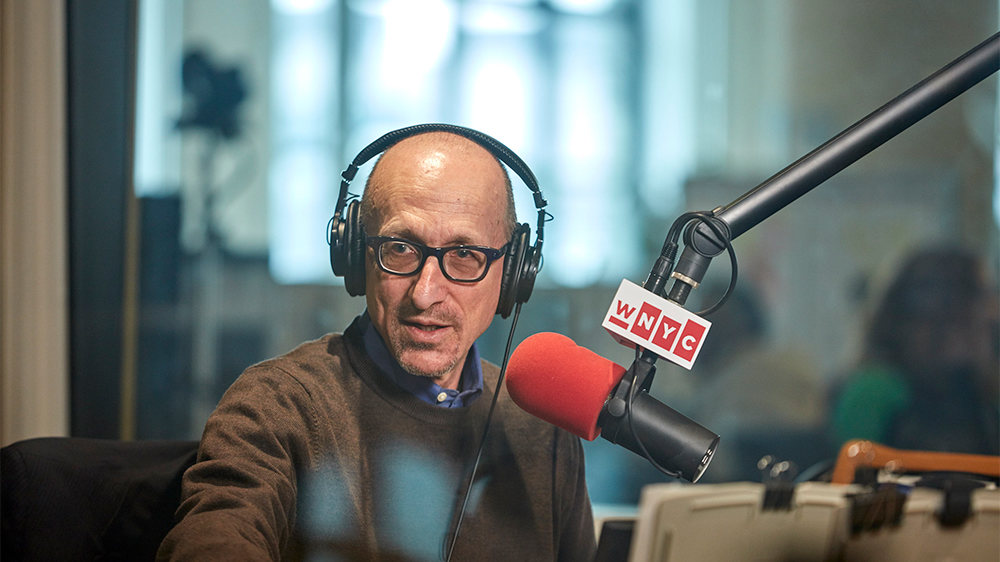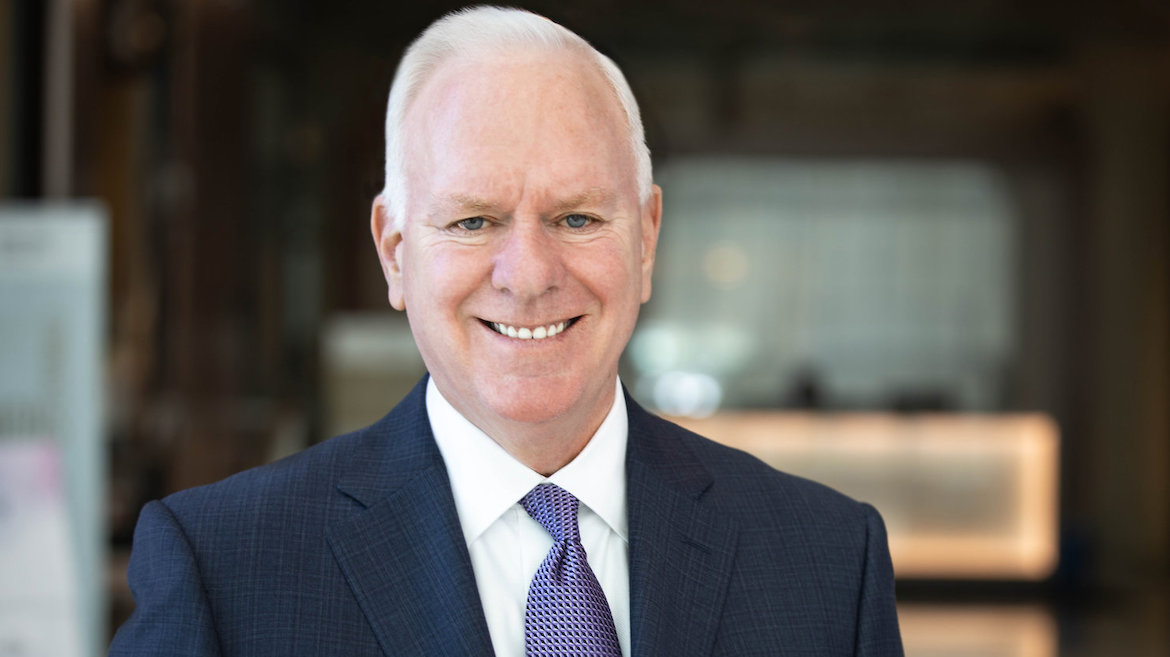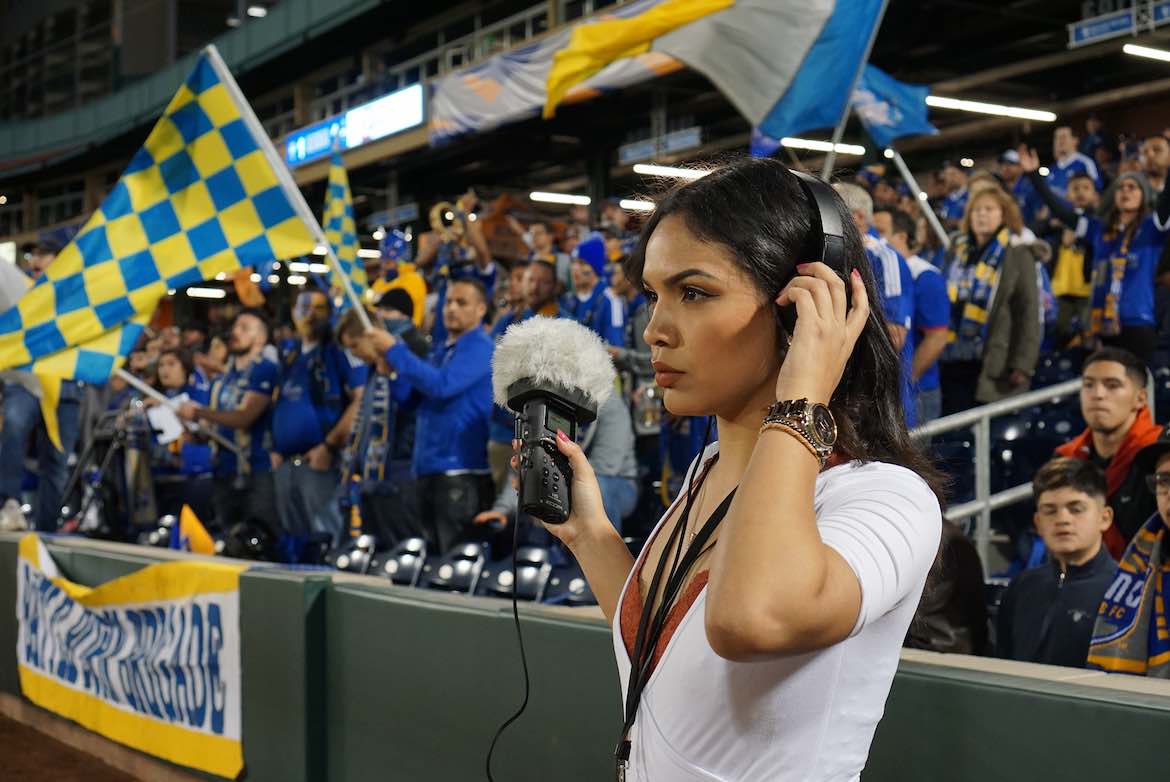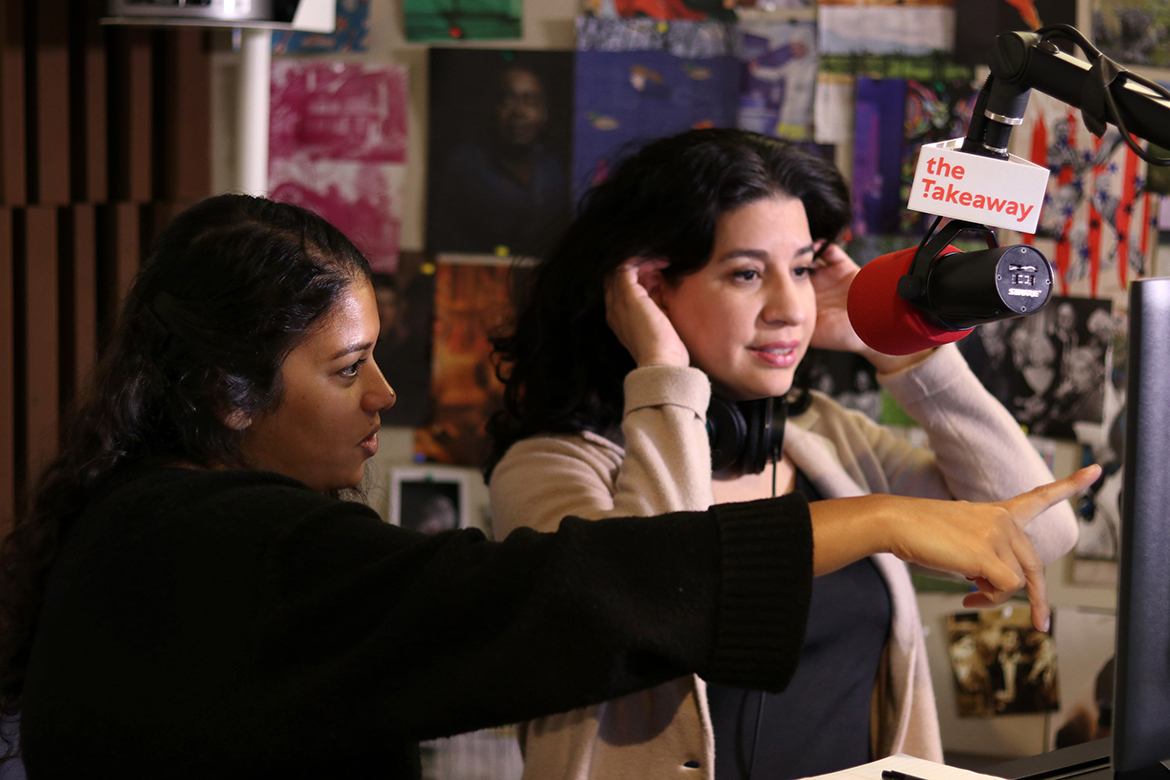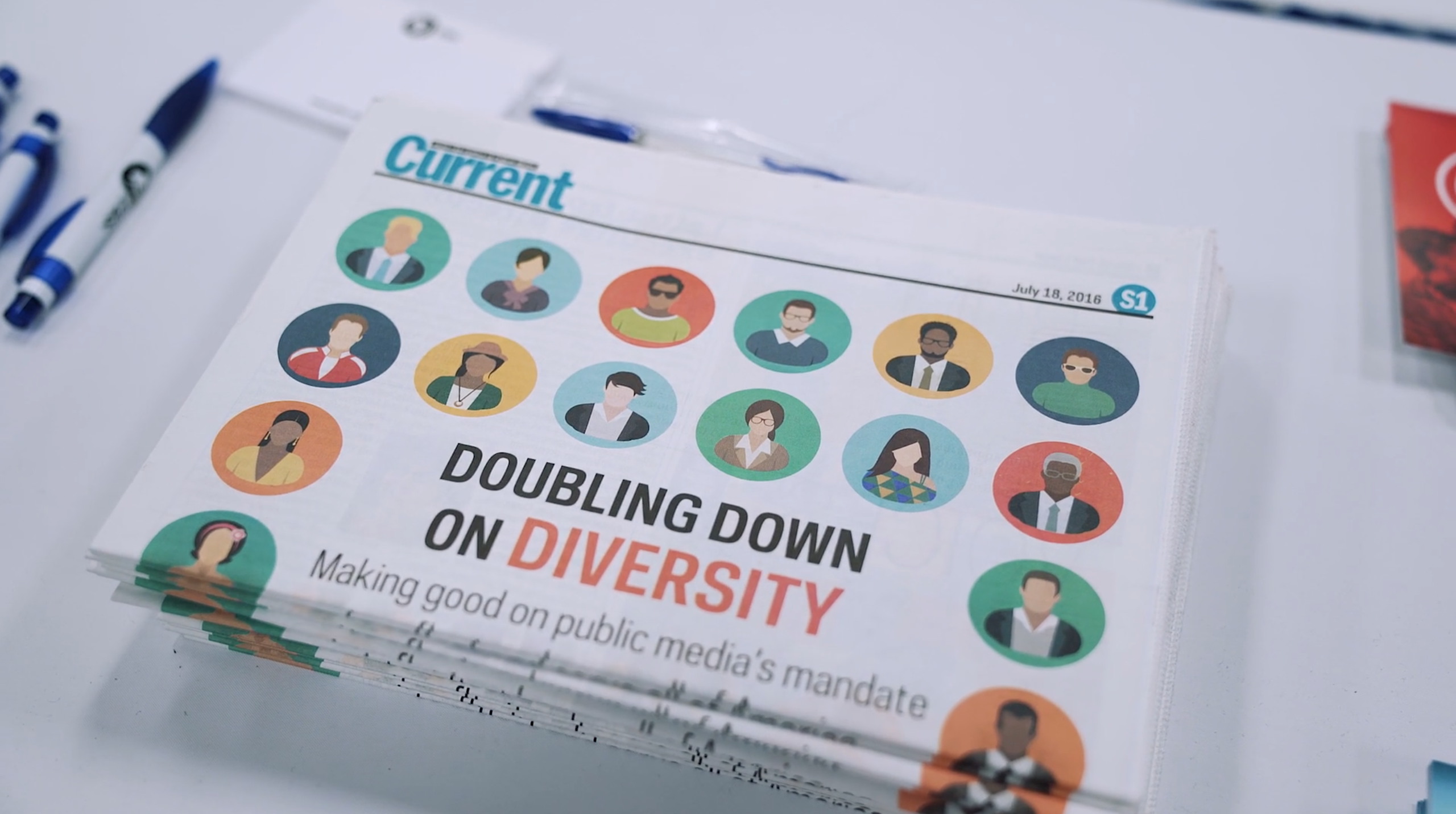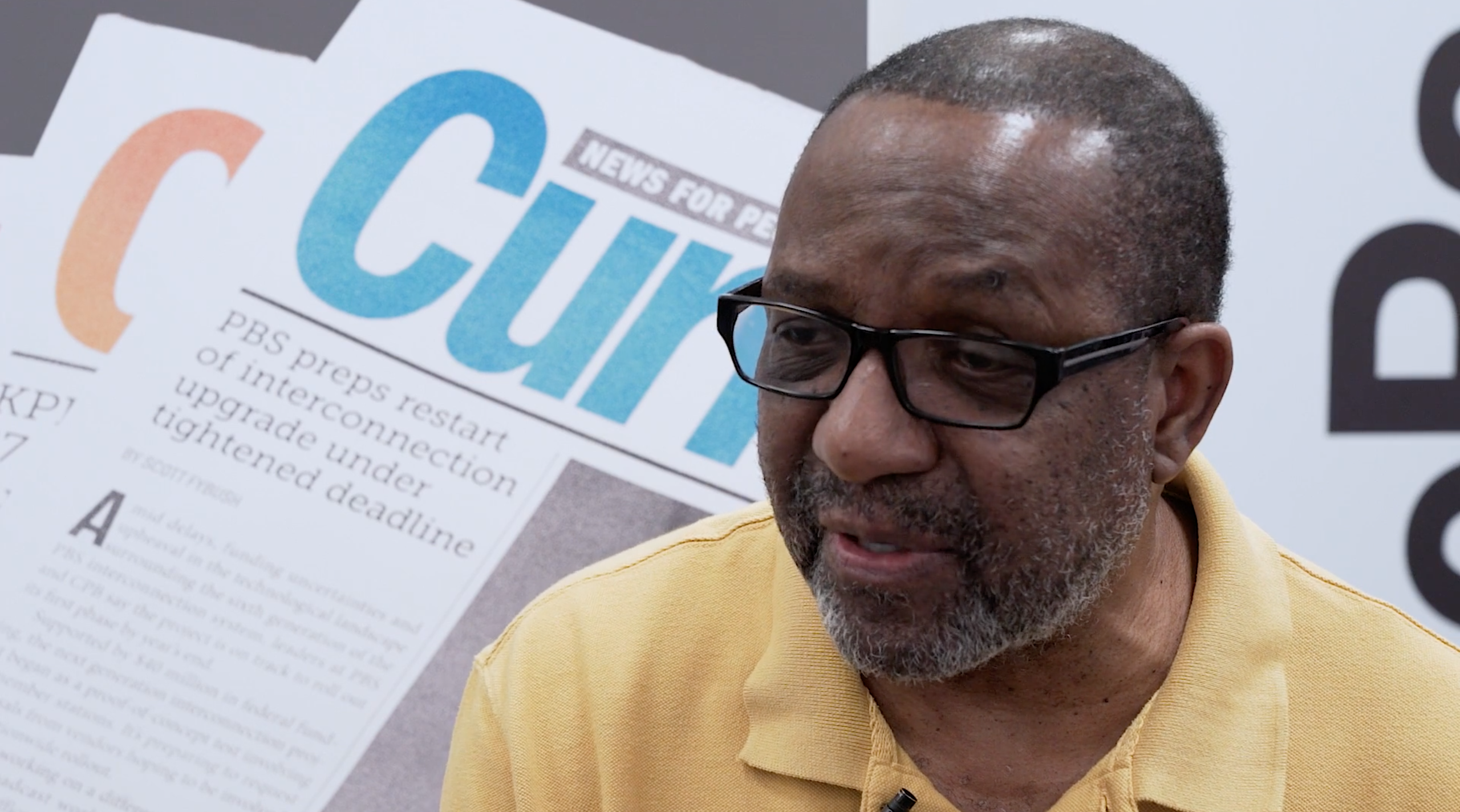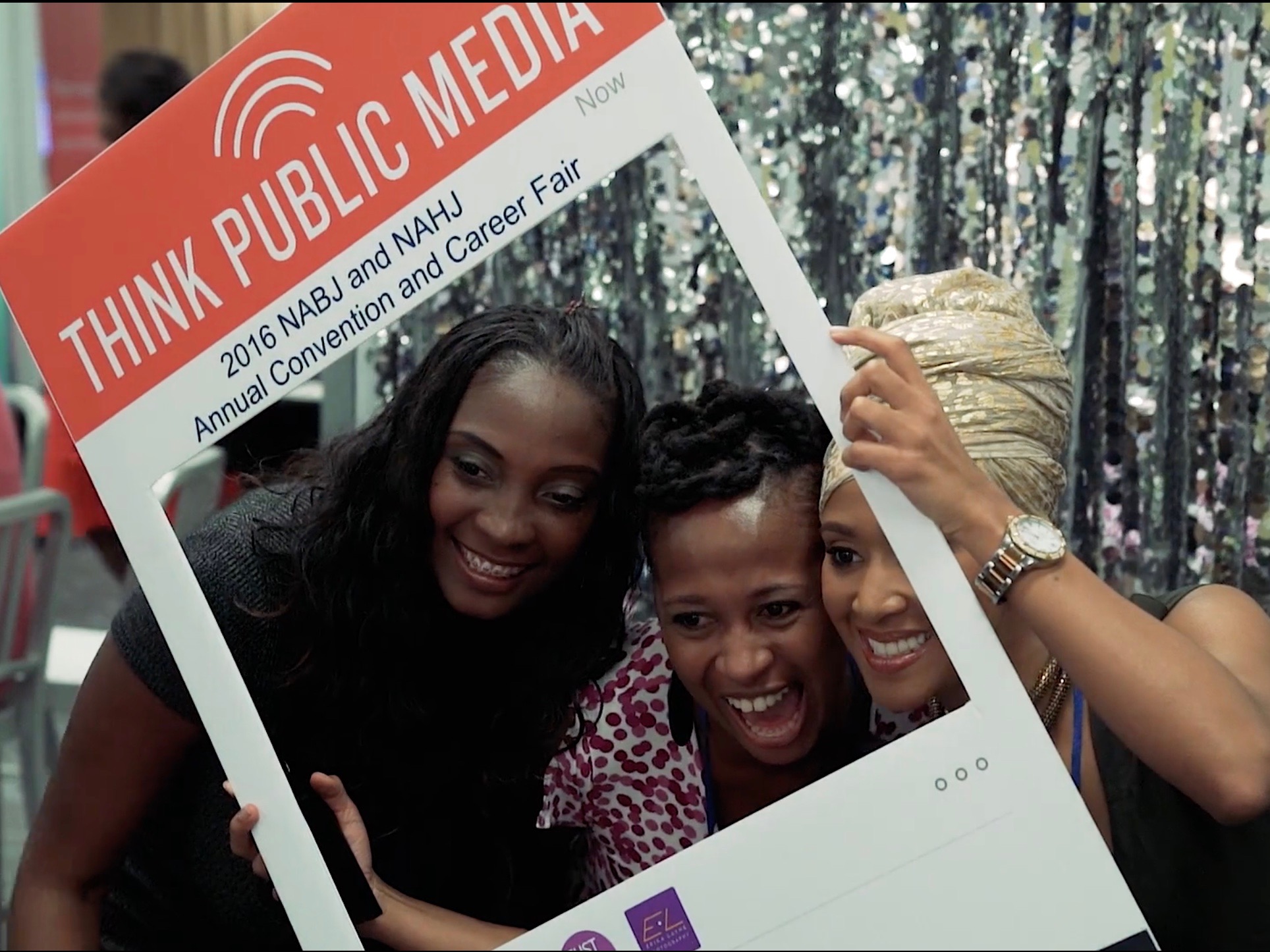Diversity, equity and inclusion in public media

Serving the American public in all of its diversity is an important part of the mission of public media articulated in the Public Broadcasting Act of 1967. But the overwhelming consensus now is that the system has failed to live its values, that structural racism plagues our institutions and that diversity, equity and inclusion of people of color in leadership roles and in our audiences must be our top priority. How must public media change in order to look and sound more like the America we are supposed to reflect and serve? Read Current’s ongoing coverage and commentaries on the imperative of inclusion.

Serving the American public in all of its diversity is an important part of the mission of public media articulated in the Public Broadcasting Act of 1967. But the overwhelming consensus now is that the system has failed to live its values, that structural racism plagues our institutions and that diversity, equity and inclusion of people of color in leadership roles and in our audiences must be our top priority. How must public media change in order to look and sound more like the America we are supposed to reflect and serve? Read Current’s ongoing coverage and commentaries on the imperative of inclusion.
WNYC, MPR call-in show gauges nation’s response to police protests
The program aired on 342 stations across the country.An open letter to NPR President John Lansing: Racial justice is public media’s mission
Current Executive Director Julie Drizin responds to Lansing's call to action to confront racism.‘Morning Edition’ asks listeners to share thoughts about Ahmaud Arbery in verse
Poetry can be a way to deal with "heavy, emotionally weighted things," says Kwame Alexander, who co-hosts the show's poetry segments.New studies of source diversity guide stations’ work in covering their communities
Blue Ridge Public Radio and KUT in Austin, Texas, recently shared results of yearlong surveys.To diversify its audience, Nevada’s KUNR goes bilingual
The Reno station has sharpened its focus on serving a Latino audience by posting some news coverage in both English and Spanish.With two hosts at helm, ‘The Takeaway’ aims for depth and urgency in covering race ...
Tanzina Vega and Amy Walter tackle topics in ways that feel "like a much more open conversation."Public radio’s efforts to track source diversity seen as path to addressing ‘deep problem’
KUT in Austin, Texas, along with Philadelphia’s WHYY, Seattle’s KUOW and San Francisco’s KQED, are all engaged in efforts to gather and ...With systemwide coverage review, public radio can reveal and address its racial inequities
Do public radio stations know how their communities perceive their coverage? Are we willing to find out?CPB grant seeks to foster diversity in public radio newsrooms
The four stations collaborating on the project will each hire a new reporter.Producers find Localore events help bridge divides
An AIR report argues that live events are important to public media to raise awareness and support and find crucial voices that ...Why work in public media?
Making a difference, serving the audience — people who work in public media explain why they devote themselves to the job.To reach new and diverse audiences, expand coverage and report with nuance
Public media journalists give their recommendations.Thoughts on reflecting diverse views, and including them
What’s really involved in the hard work of broadening public media’s range of voices?Diversity at NPR: “Clearly, there’s a lot more work to do”
One area needing attention is recruitment of Latinos, particularly in supervisory roles.Dig deeper: Tips for covering complexities of race relations
A report offers recommendations for journalists looking to produce comprehensive and inclusive coverage of racial issues.


